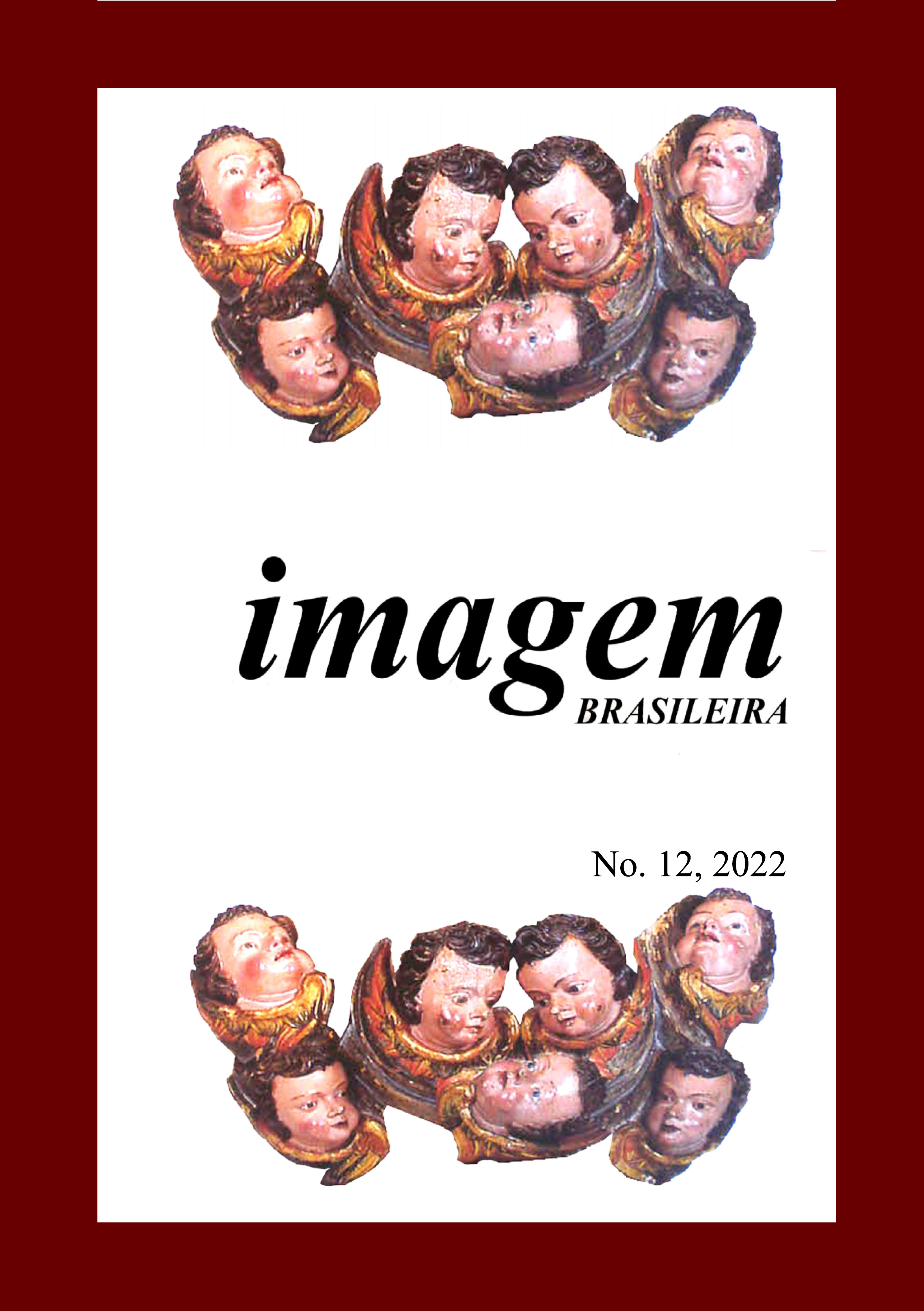GOLDING ABOUT THE MASONRY OF THE FRANCISCAN CONVENTS IN NORTH-EASTERN BRAZIL
Keywords:
Gilding, Stonework, Gilding on stonework, Franciscan Convents, 17th and 18th centuriesAbstract
This scientific paper was based on the development of the investigations observed in the polychromy
(decorative paints) thesis on stonework found in the Franciscan Convents (monasteries) in northeast of
Brazil. These examinated constructions provide the opportunity to develop researches, as they record
other technologies associated to polychromy as well as the gold gilding opaque and shiny. Through
petrographical analysis, sandstone and limestone were found to be the two kinds of rocks used as the
gold gilding base material. Also, by reading old recipes and evaluating the golden monastery areas, the
opaque gold technique on red clay (bole) was confirmed as a predominant method of gold gilding. This
research contributes to the gold gilding elaboration knowledge applied on stonework from the 17th and
18th century in the Province of Santo Antonio do Nordeste, proving the utilization of various types of
artistic materials, found in the ancient Portuguese and Italian treaties.
Downloads
Published
Issue
Section
License

This work is licensed under a Creative Commons Attribution-NonCommercial-NoDerivatives 4.0 International License.


